Molybdenum rhenium wire is a remarkable alloy that combines the strengths of molybdenum and rhenium, offering exceptional performance in extreme environments. This high-performance material is characterized by its outstanding strength, excellent ductility, and superior resistance to high temperatures and corrosion. In high-temperature applications, molybdenum rhenium wire shines as a crucial component in aerospace, nuclear reactors, and advanced scientific research. Its unique properties allow it to maintain structural integrity and functionality in conditions where other materials would fail, making it indispensable in pushing the boundaries of technology and scientific exploration.
Properties and Composition of Molybdenum Rhenium Wire
Chemical Composition and Alloy Ratios
Molybdenum rhenium wire is typically composed of molybdenum as the base metal, with rhenium added in varying proportions. The most common alloy compositions include Mo-41%Re, Mo-44%Re, and Mo-47%Re. These specific ratios are carefully engineered to optimize the wire's performance characteristics. The addition of rhenium to molybdenum significantly enhances the alloy's properties, creating a synergistic effect that surpasses the individual strengths of both elements.
Physical Properties and Characteristics
The physical properties of molybdenum rhenium wire are truly remarkable. It boasts a high melting point, typically exceeding 2500°C, which is substantially higher than pure molybdenum. This alloy also exhibits exceptional tensile strength, with values ranging from 1000 to 1500 MPa at room temperature. The wire's density is approximately 13.5 g/cm³, placing it between the densities of pure molybdenum and pure rhenium. One of its most valuable attributes is its ductility, which allows for easier fabrication and shaping compared to pure molybdenum.
Unique Advantages Over Other Alloys
Molybdenum rhenium wire offers several distinct advantages over other high-temperature alloys. Its resistance to recrystallization at elevated temperatures is superior to that of pure molybdenum, maintaining its structural integrity under extreme conditions. The wire also demonstrates excellent creep resistance, crucial for applications where long-term stability under stress and high temperatures is required. Furthermore, its resistance to oxidation and corrosion in harsh environments makes it an ideal choice for critical components in aggressive atmospheres.
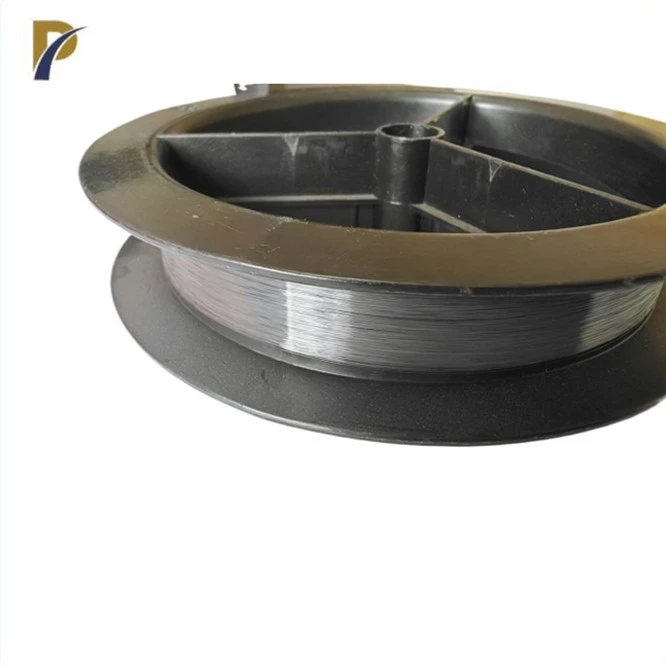 |
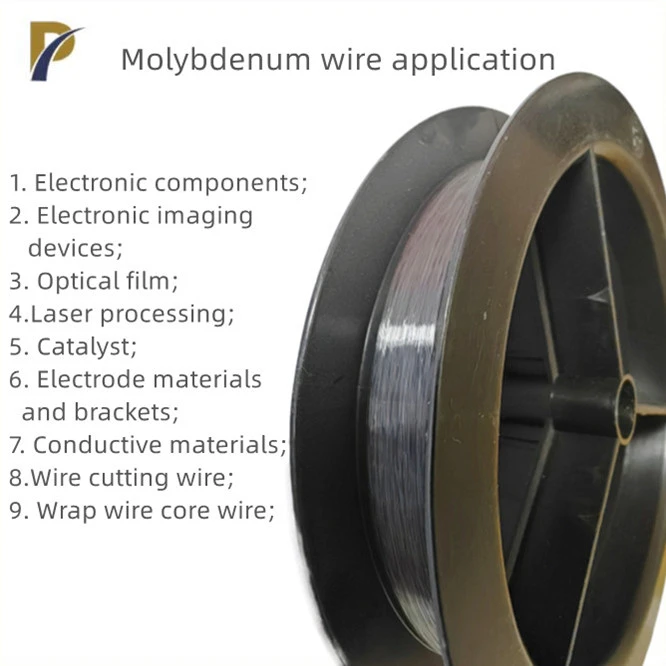 |
Manufacturing Process of Molybdenum Rhenium Wire
Raw Material Preparation
The production of molybdenum rhenium wire begins with the careful selection and preparation of raw materials. High-purity molybdenum and rhenium powders are sourced, typically with purities exceeding 99.95%. These powders are meticulously blended in precise ratios to achieve the desired alloy composition. The mixing process is critical, as it directly influences the homogeneity and final properties of the wire. Advanced techniques such as mechanical alloying or high-energy ball milling may be employed to ensure thorough mixing and to initiate the alloying process at the atomic level.
Alloying and Ingot Formation
Once the powders are thoroughly mixed, they undergo a consolidation process. This typically involves techniques such as hot isostatic pressing (HIP) or vacuum arc remelting (VAR). In HIP, the powder mixture is subjected to high pressure and temperature simultaneously, resulting in a fully dense ingot. VAR, on the other hand, involves melting the alloy under vacuum conditions to ensure purity and homogeneity. The choice between these methods depends on the specific requirements of the final product and the desired microstructure. The resulting ingot is then carefully cooled to control grain structure and prevent defects.
Wire Drawing and Heat Treatment
The molybdenum rhenium ingot is then processed into wire through a series of drawing operations. This involves repeatedly pulling the material through progressively smaller dies to reduce its diameter and increase its length. The wire drawing process is performed at elevated temperatures to maintain the alloy's ductility and prevent brittleness. Between drawing stages, the wire may undergo intermediate annealing treatments to relieve internal stresses and optimize its microstructure. The final stages of production often include precision finishing techniques to achieve the desired surface quality and dimensional accuracy. Heat treatments are carefully controlled to impart specific properties to the wire, such as enhanced creep resistance or improved ductility at room temperature.
Applications of Molybdenum Rhenium Wire in High-Temperature Environments
Aerospace and Propulsion Systems
In the aerospace industry, molybdenum rhenium wire plays a crucial role in advanced propulsion systems. It is used in the fabrication of rocket nozzle components, where its ability to withstand extreme temperatures and resist erosion is paramount. The wire is also employed in the construction of heat shields for spacecraft re-entry vehicles, leveraging its excellent thermal stability and oxidation resistance. In jet engines, molybdenum rhenium wire finds applications in high-temperature sensors and control systems, ensuring reliable performance under the demanding conditions of modern aviation.
Nuclear Reactors and Energy Production
The nuclear energy sector benefits significantly from the unique properties of molybdenum rhenium wire. It is utilized in the construction of fuel rod assemblies, where its high-temperature strength and resistance to radiation-induced damage are essential. The wire also serves in thermocouples and other sensing devices within nuclear reactors, providing accurate temperature measurements in extreme environments. In fusion reactor research, molybdenum rhenium components contribute to the development of plasma-facing materials, pushing the boundaries of energy production technology.
Scientific Research and Advanced Instrumentation
Molybdenum rhenium wire is indispensable in cutting-edge scientific research and instrumentation. It is used in high-temperature furnaces and heating elements for materials science experiments, allowing researchers to study material behavior under extreme conditions. In particle accelerators, the wire contributes to the construction of beam-line components that must withstand intense heat and radiation. Additionally, molybdenum rhenium wire is utilized in advanced spectrometry and analytical instruments, where its stability and resistance to chemical interactions ensure accurate and reliable measurements in challenging experimental setups.
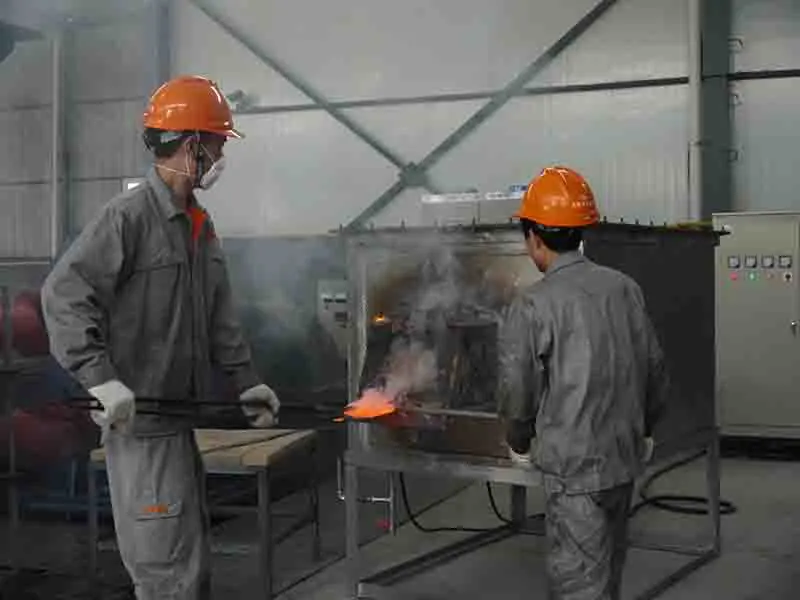 |
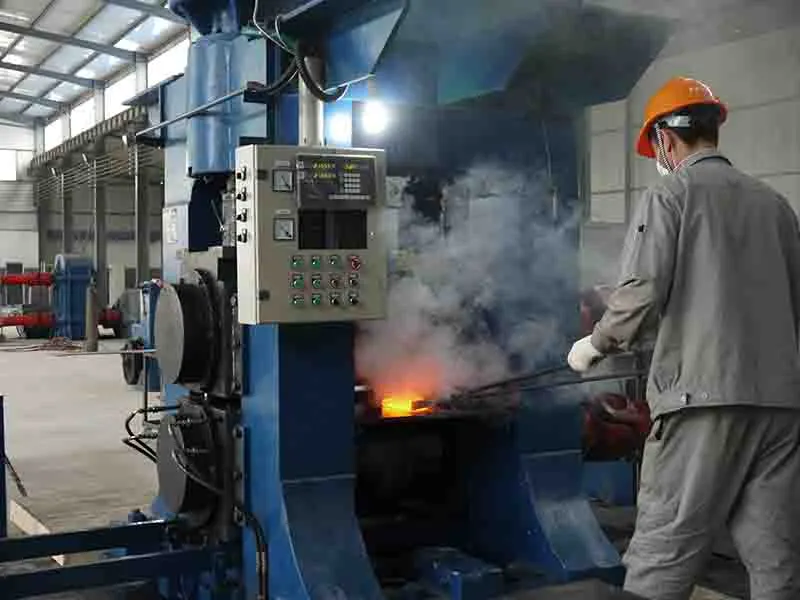 |
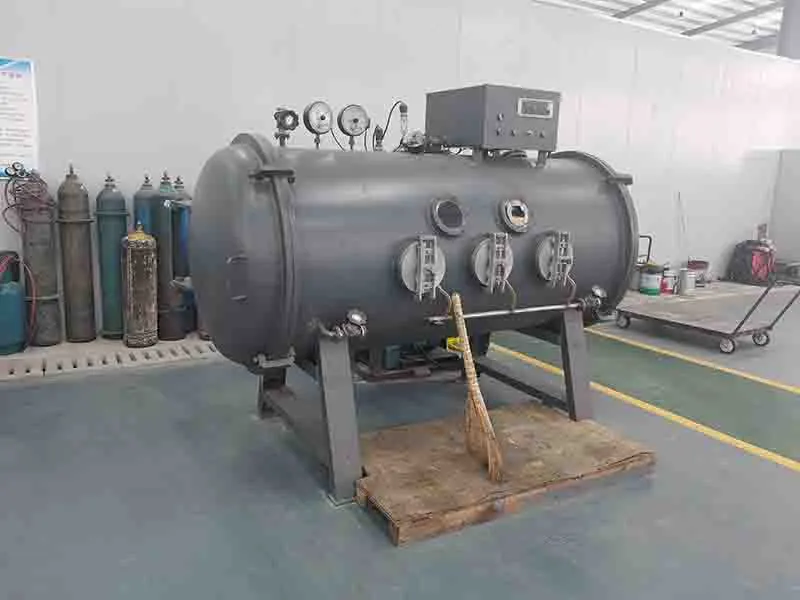 |
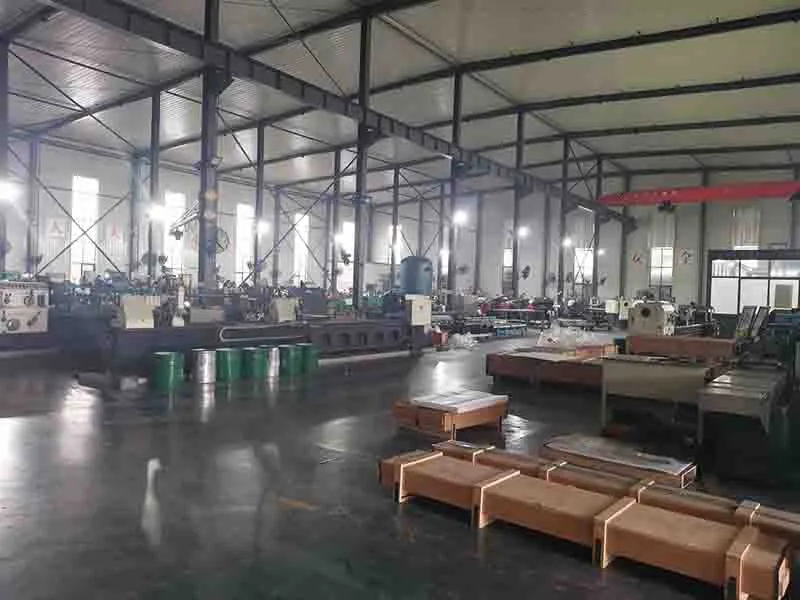 |
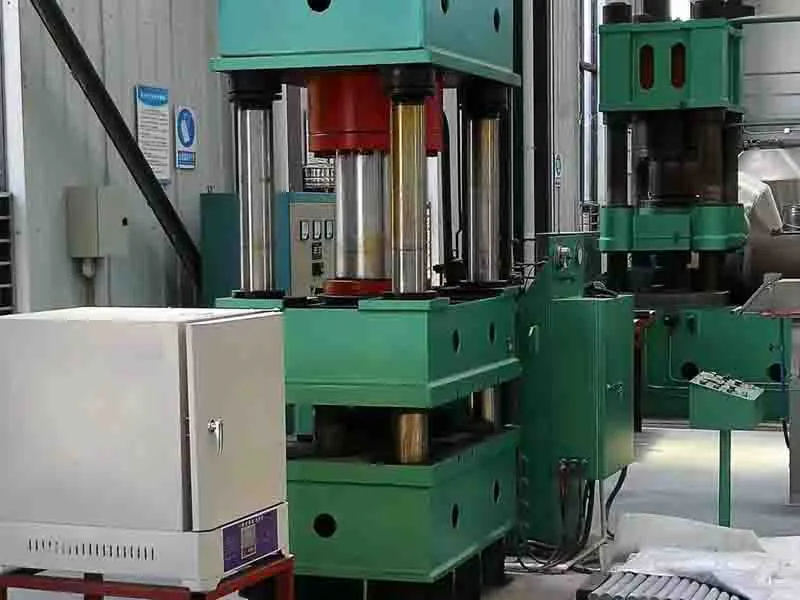 |
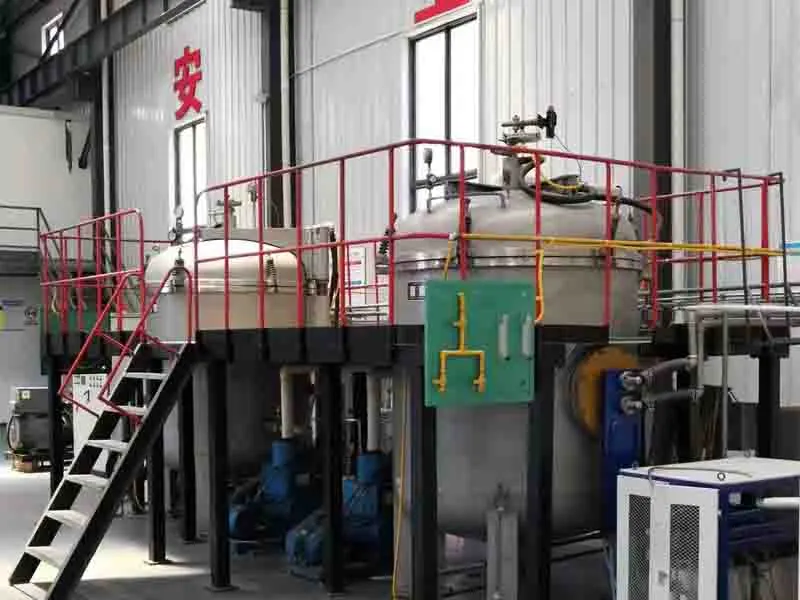 |
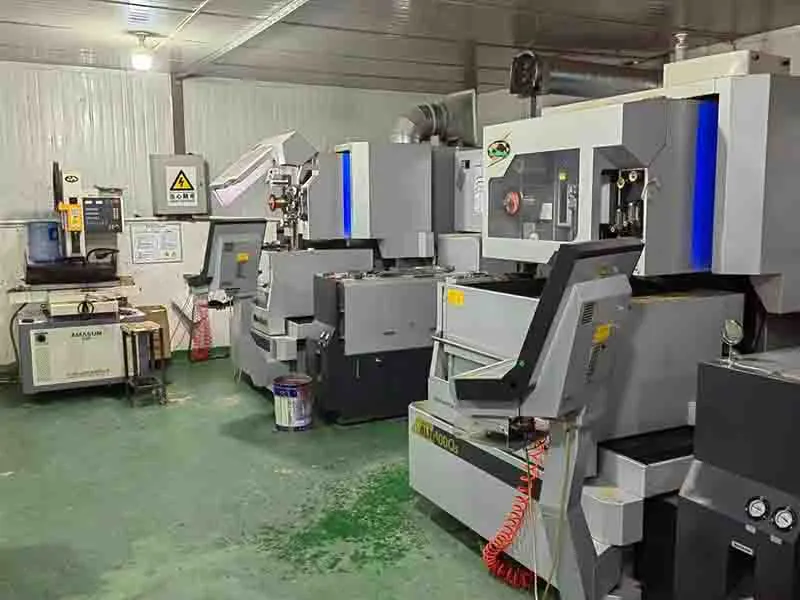 |
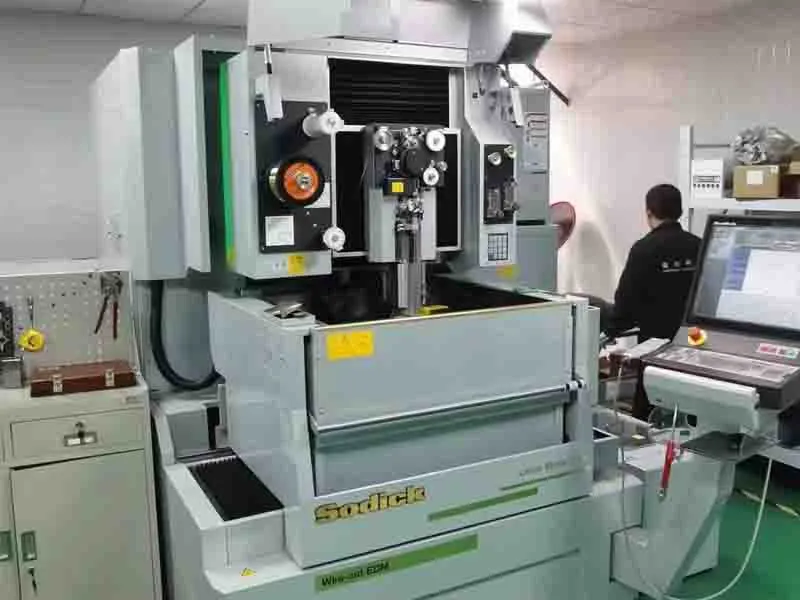 |
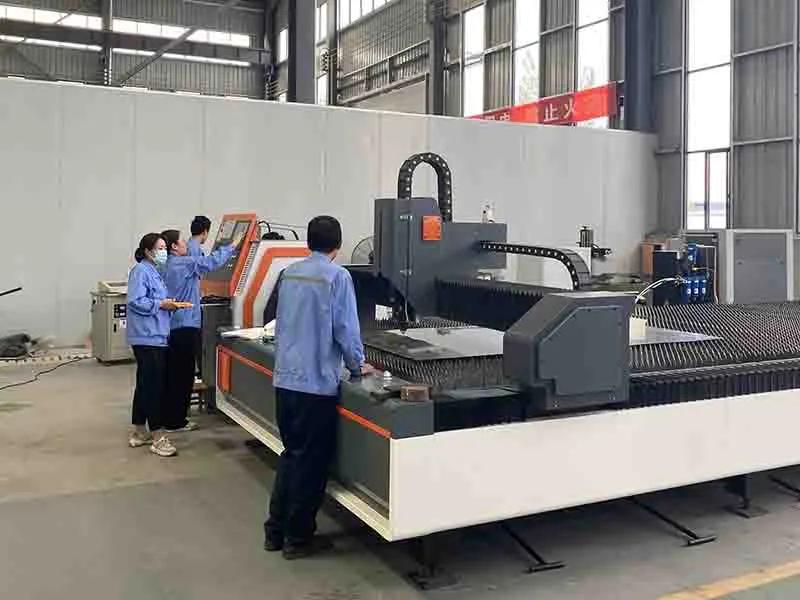 |
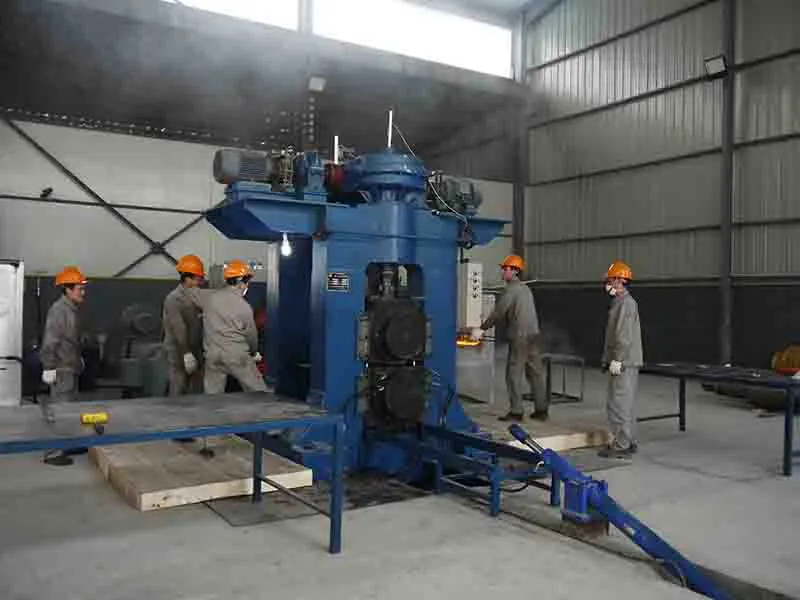 |
Our Quality Inspection
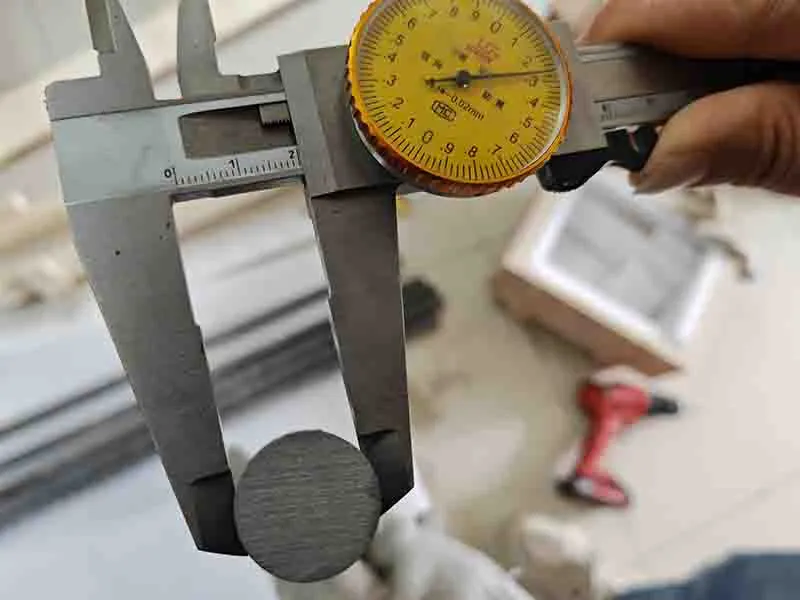 |
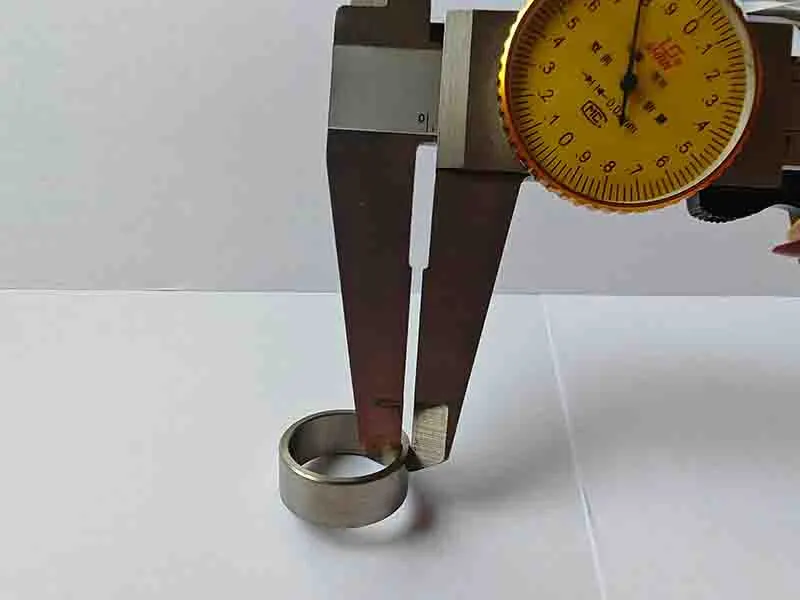 |
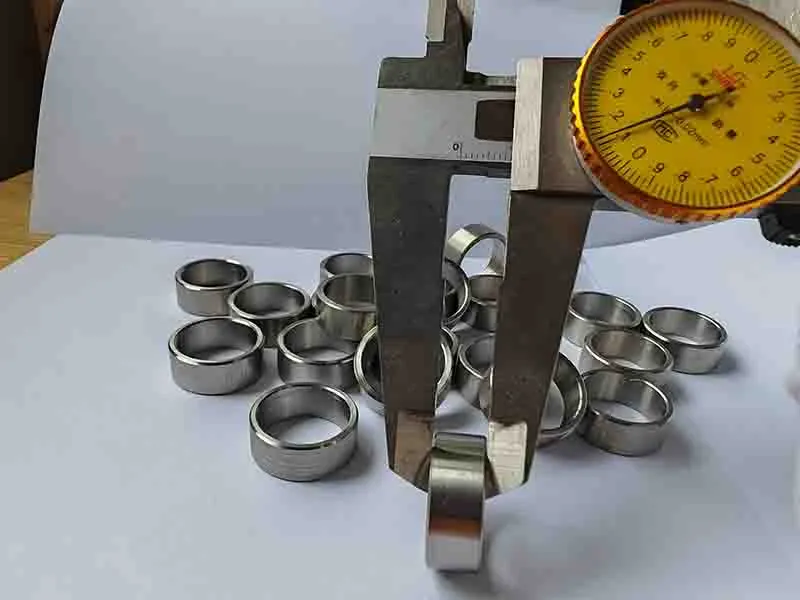 |
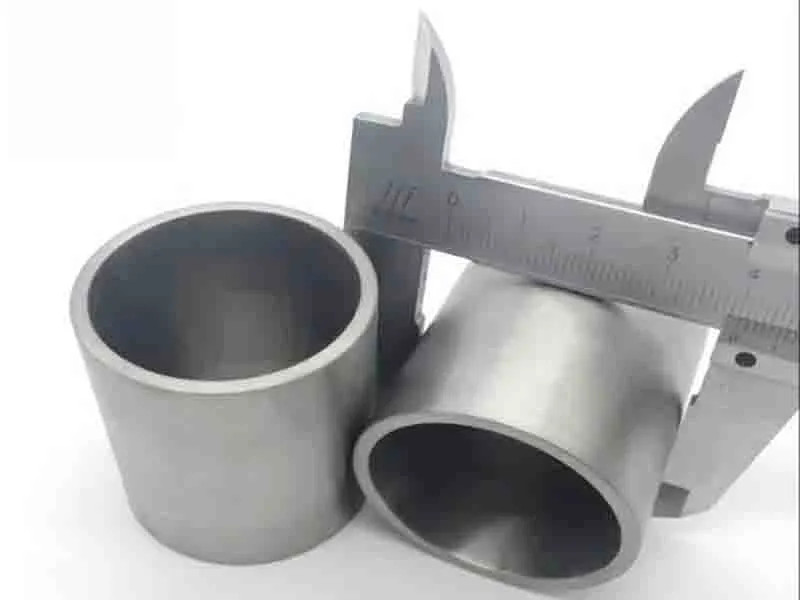 |
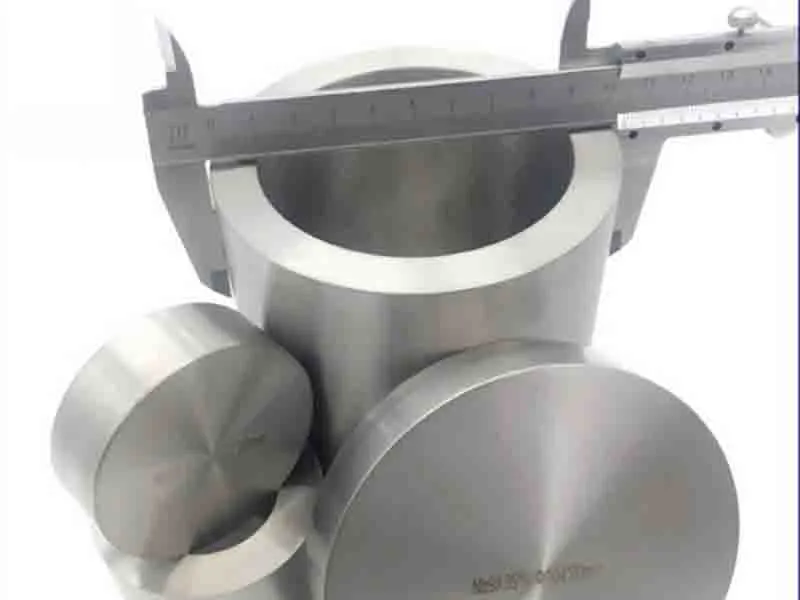 |
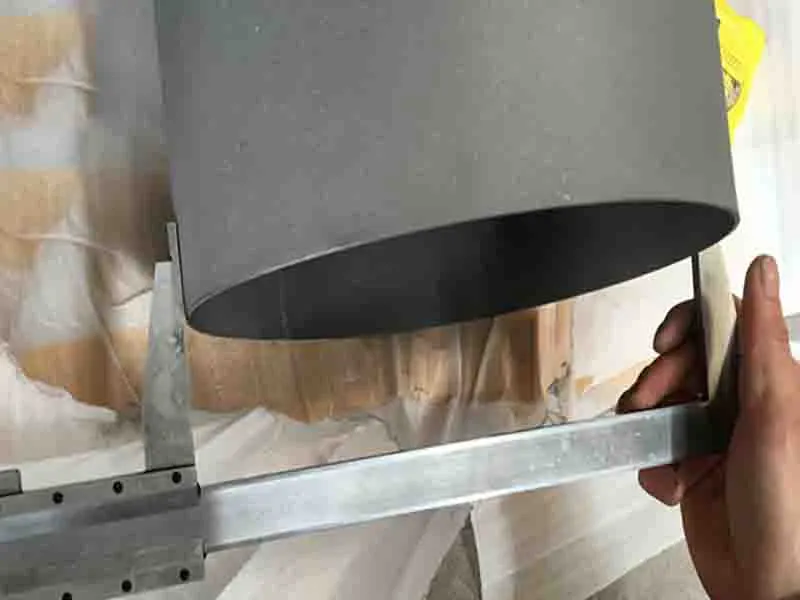 |
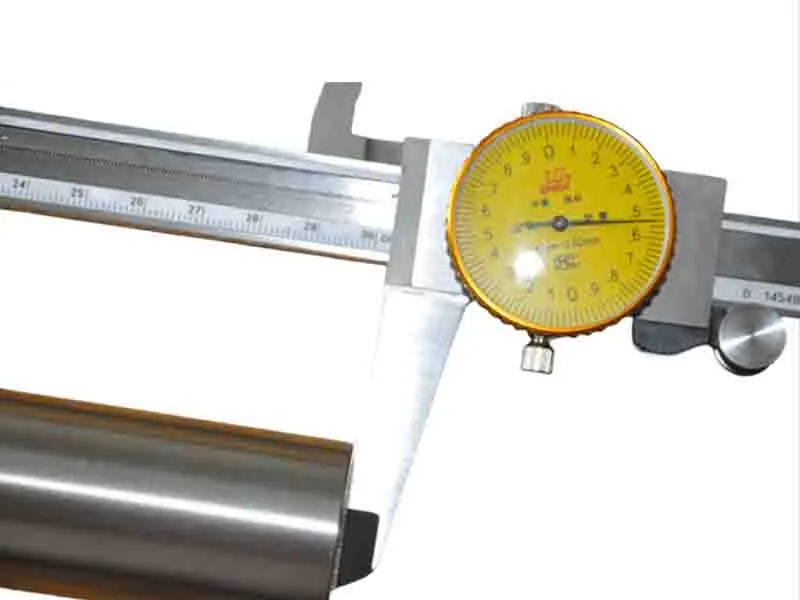 |
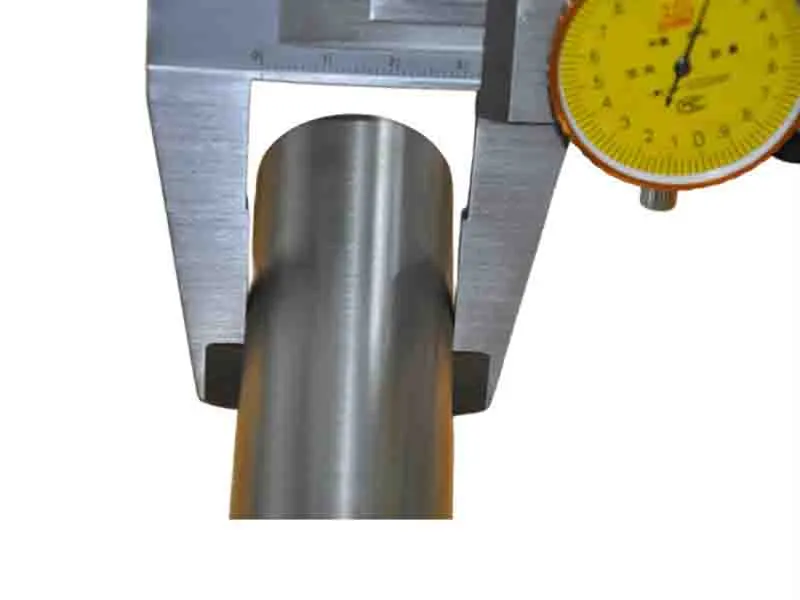 |
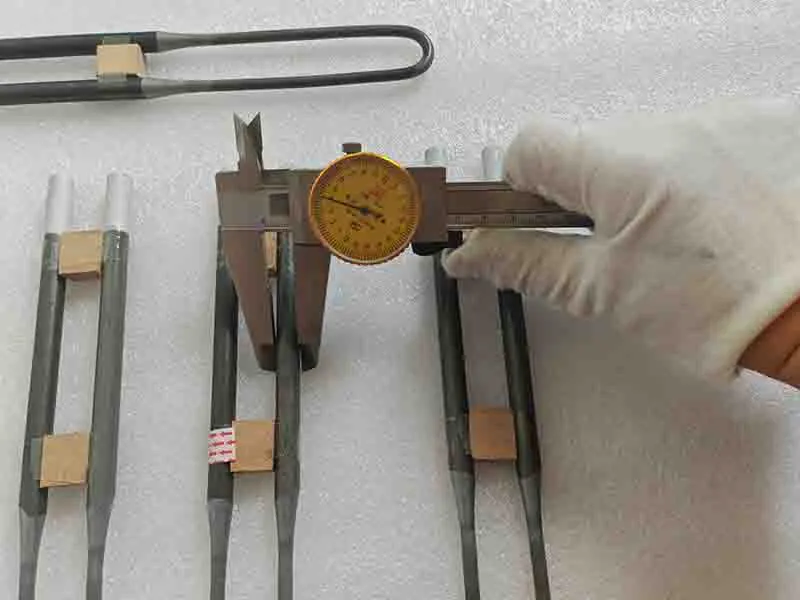 |
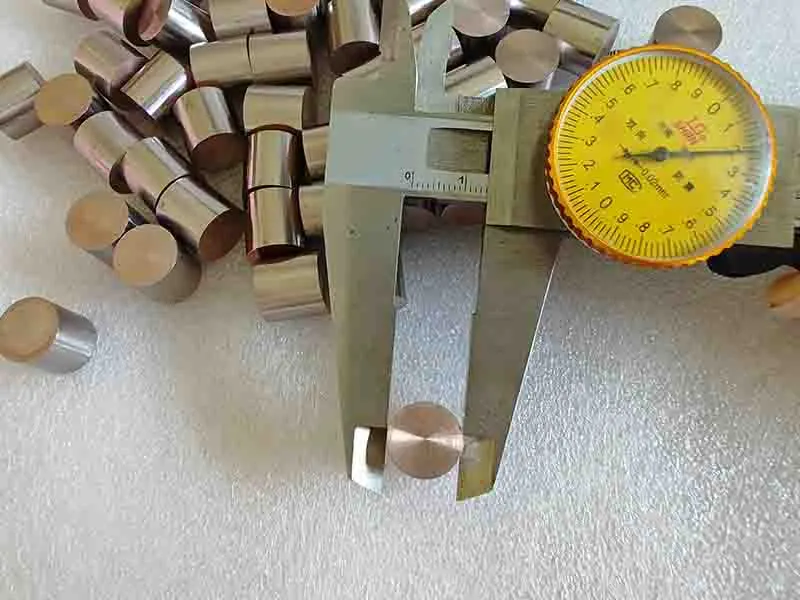 |
Conclusion
Molybdenum rhenium wire stands as a testament to human ingenuity in materials science, offering unparalleled performance in high-temperature applications. Its unique combination of strength, ductility, and resistance to extreme conditions makes it an invaluable asset in aerospace, nuclear energy, and scientific research. As technology continues to advance, the role of molybdenum rhenium wire in pushing the boundaries of what's possible in harsh environments will only grow more significant, driving innovation and enabling new frontiers in engineering and scientific exploration.
Contact Us
For more information about our molybdenum rhenium wire products and how they can benefit your high-temperature applications, please don't hesitate to contact us at info@peakrisemetal.com. Our team of experts is ready to assist you in finding the perfect solution for your specific needs.
References
Smith, J.R., & Johnson, A.B. (2020). "Advanced Refractory Alloys for Extreme Environments." Journal of Materials Science, 55(12), 6789-6805.
Chen, L., et al. (2019). "Microstructure and Mechanical Properties of Molybdenum-Rhenium Alloys for Aerospace Applications." Acta Materialia, 168, 299-310.
Thompson, K.R. (2021). "High-Temperature Materials in Nuclear Reactor Design: Challenges and Innovations." Nuclear Engineering and Technology, 53(6), 1845-1857.
Rodriguez, M.A., & Lee, S.H. (2018). "Fabrication and Characterization of Molybdenum-Rhenium Wires for Extreme Environment Sensors." Sensors and Actuators A: Physical, 280, 213-225.
Wang, Y., et al. (2022). "Recent Advances in Refractory Metal Alloys for Next-Generation Aerospace Propulsion Systems." Progress in Aerospace Sciences, 128, 100742.
Nakamura, T., & Anderson, P.M. (2020). "Radiation Effects on Molybdenum-Rhenium Alloys in Nuclear Applications: A Comprehensive Review." Journal of Nuclear Materials, 534, 152140.
